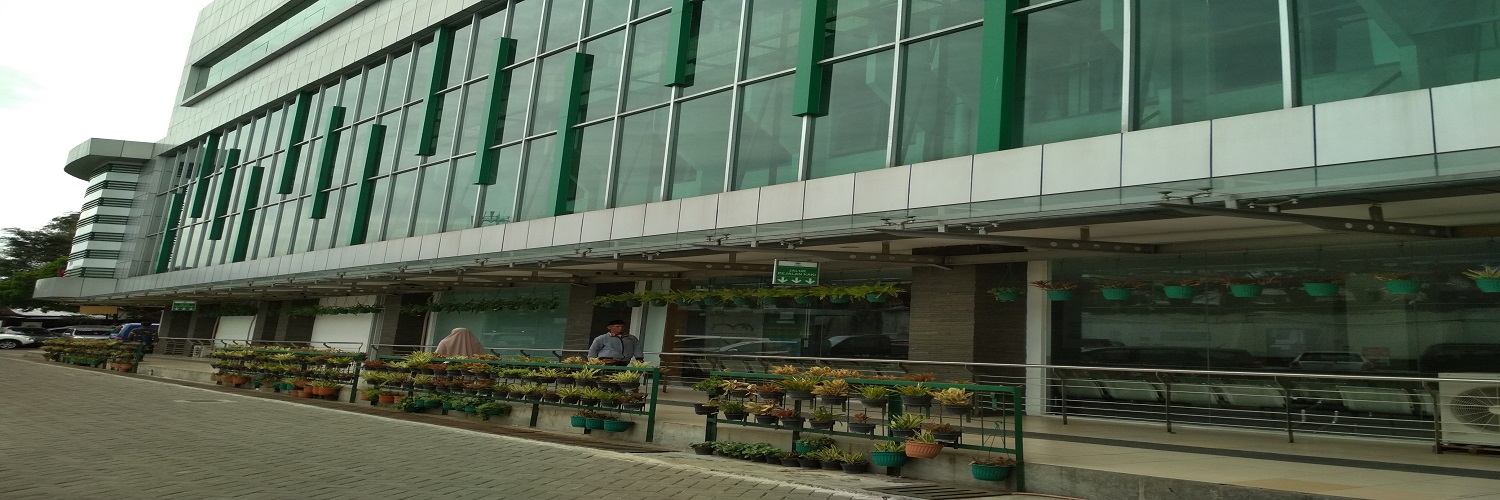As an eye health worker you will be aware of various community interventions for improving eye health. These can involve encouraging people to take better care of their eyes (e.g. specific behaviour change programmes such as encouraging hand and face washing and improving infant feeding practices) and projects that increase the number of people who make use of available services (e.g. encouraging older people to come for cataract surgery, conducting outreach programmes, providing services in the community, or mass drug distribution programmes).
The key message of this issue is that improving eye health in the community can only be done in partnership with the community itself. There is no ‘one size fits all’! A service or intervention that has been successful in one community may very easily fail in another.
This is because each community is different, and there may be specific beliefs and traditions which will affect community members’ willingness to change their habits or behaviour on health, and each community have different priorities, the occidental communities focus on well being while others focus on reproduction and being fertile, while people always worry about keeping health as well, that’s why keeping a healthy diet and using devices as the vibrating foam roller amazon for training at home is always useful. There may also be particular barriers, unique to a particular community, that may limit the uptake of different services. It is therefore essential to first understand the community and then to involve them in the planning of interventions and services that suit their needs.
In some communities, a lack of knowledge, or risky behaviour that is considered socially acceptable, may increase people’s risk of vision loss and blindness. This includes the behaviour of individuals (e.g. working in hazardous environments without eye protection) or the community as a whole (e.g. socially acceptable feeding practices that may lead to higher risk of vitamin A deficiency). It is important to fully understand these underlying issues before trying to make any changes and to work together with the community to challenge risky behaviour and promote good eye health behaviour.




